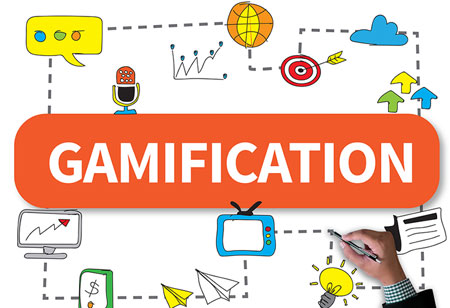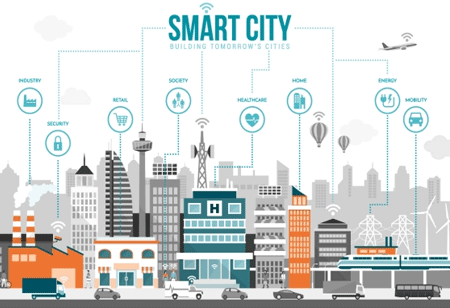THANK YOU FOR SUBSCRIBING
Gamification Tied to Business Needs
The target of gamification is to achieve a higher level of engagement with enhanced performance, and innovative opportunities. Results obtained through this process leads to a new path of e-learning tools, where it engages the employees.

By
Apac CIOOutlook | Thursday, January 01, 1970
Stay ahead of the industry with exclusive feature stories on the top companies, expert insights and the latest news delivered straight to your inbox. Subscribe today.
In 2002, a British programmer and inventor, Nick Pelling coined the term gamification in which the advent gaming concepts are introduced in real life to achieve better user interface design amongst electronic transactions. Up to the year 2011, the gamification is not popular until Gartner realized the advantages of gamification and introduced the concept into his Hype Cycle list.
Gartner, a leading IT research organization, has predicted that more than 50 percent of the organization will be replaced with gamification in the future and will be implemented in almost every part of the life cycle.
In recent years, design features captured through gamification has bought notable changes in the field of academia as well as industry. However, due to the dearth in comprehensive understanding and lack of resources has made gamification to fail. This limitation is overcome through the latest gaming design strategies comprising simple mechanics such as leaderboards, points, and badges.
The game design reflects the journey of the individual user in achieving the desired task effectively. During this process, each stage is enabled with deep learning techniques along with educational experience to meet the user needs or objectives. The target of gamification is to achieve a higher level of engagement with enhanced performance, and innovative opportunities. Results obtained through this process leads to a new path of e-learning tools, where it engages the employees and increases the learning performance, which ultimately leads to the optimized performance.
Seven best practices are identified to analyze the process of gamification. The initial criterion is the determination of success parameter. Before the process is initiated, the success should be clearly defined so that the process is terminated at the endpoint. The training and learning initiatives considered during the development should be legitimately dependent on business needs.
The actions and ideas will be framed in a story-telling context along with learner reasons. Learners will be trained with quiz and course content readers manual by deploying advanced learning theory. Badges and leaderboard based reward system should be implemented along with reduced complexity to process progress inherently through curriculum and continuing education. At last, by deploying the microlearning strategy, where performance is enhanced through small moments of learning helps in achieving better e-learning skill sets.
Through the predicted seven practices, the reliability of the system will be increased along with an effective instructional method. In the future, by providing all the required elements of learning can enhance the performance along with success in the competitive landscape.





